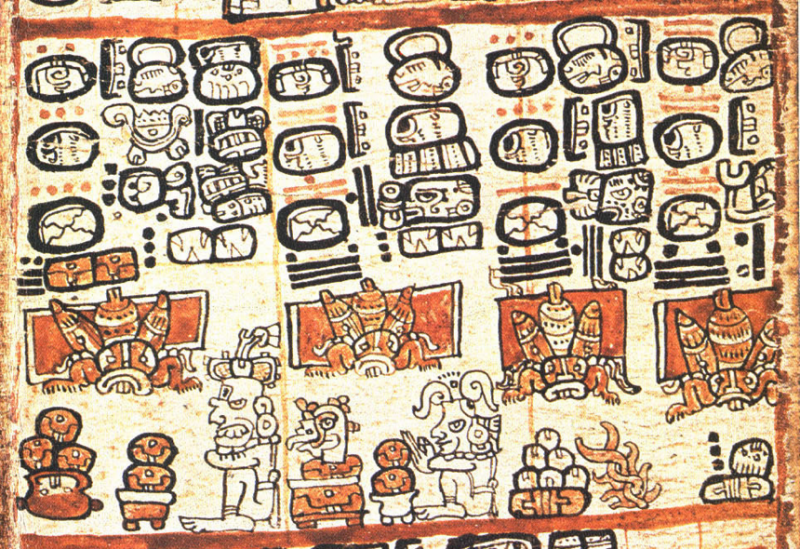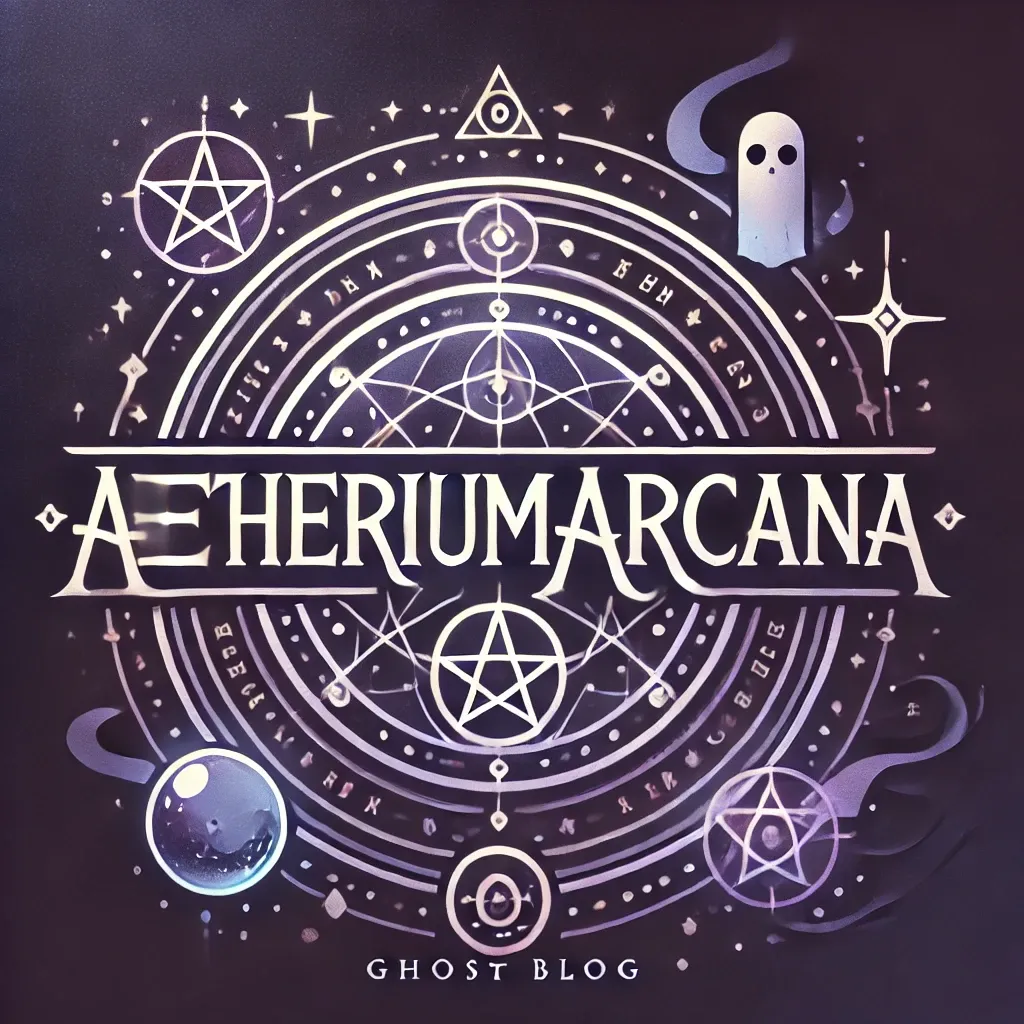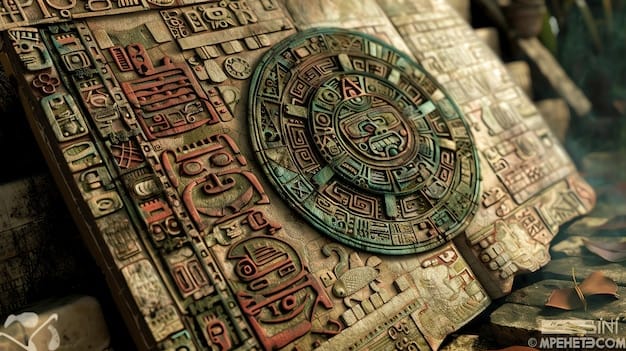When Spanish friars arrived in the Yucatán Peninsula in the 16th century, they encountered a civilization in decline but still vibrant—one that kept intricate calendars, traced the stars, and wrote in a pictographic script of remarkable complexity. The Spanish, committed to religious conversion, also brought destruction: they burned codices, dismantled temples, and suppressed native education. In this paradoxical crucible, one of the most important (and flawed) tools for deciphering the ancient Maya script was born.
Bishop Diego de Landa, Franciscan friar and later Archbishop of Yucatán, recorded an abecedario—a supposed “Maya alphabet” matching Latin letters to Maya glyphs. He compiled this in his Relación de las Cosas de Yucatán, an ethnographic text written decades after the fact, around 15661. Landa claimed to have asked Maya scribes how they would write each Spanish letter. They responded with glyphs. The result was a confused hybrid: Maya script is not alphabetic but logosyllabic, so Landa’s effort to create a one-to-one phonetic chart introduced error at the outset.
Still, this faulty alphabet became invaluable centuries later. In the 1950s, Russian linguist Yuri Knorozov revisited Landa’s manuscript with fresh eyes. He hypothesized that the friar’s glyphs weren’t letters at all, but syllables. This bold reinterpretation—combined with detailed analysis of surviving Maya texts—cracked the door to phonetic decipherment2.
Knorozov’s insights were initially met with resistance. The prevailing view, particularly among Western scholars, held that Maya writing was primarily ideographic, representing abstract ideas or whole words. Knorozov argued instead that it was phonetic and grammatical, capable of expressing full spoken sentences. Over time, as more texts were studied—including monumental inscriptions, vase paintings, and the few surviving codices—his view gained ground and was eventually vindicated3.
The implications were transformative. Maya glyphs turned out to encode personal names, historical events, dynastic genealogies, astronomical observations, and ritual practices. Cities like Palenque, Tikal, and Copán came to life, no longer as anonymous ruins but as narrative centers with named kings and recorded wars.
Landa’s “alphabet,” though misguided in conception, had served as the unstable but essential foundation for discovery. Without it, the phonetic components of Maya glyphs might have remained hidden for decades longer. It remains a vivid example of how flawed colonial records—when reinterpreted with sensitivity and method—can be turned into powerful tools of recovery.
Today, Maya script is one of the best-understood writing systems of the ancient Americas, thanks in no small part to this process of linguistic archaeology: assembling keys from fragments, challenging assumptions, and trusting that even in the ashes of cultural loss, some embers still glow.
Notes
Diego de Landa, Relación de las Cosas de Yucatán, trans. Alfred M. Tozzer (Harvard University, 1941). Landa’s original text survives only through later copies and includes both ethnographic detail and the controversial glyph chart.
Yuri Knorozov, “The Ancient Writing of Central America,” Soviet Ethnography 3 (1952), pp. 95–103. This short but groundbreaking paper laid the foundation for the phonetic reading of Maya glyphs.
Michael D. Coe and Mark Van Stone, Reading the Maya Glyphs (Thames & Hudson, 2001), pp. 22–48. Provides an accessible overview of how Knorozov’s theory was confirmed through subsequent decipherments and archaeological discoveries.




Member discussion: